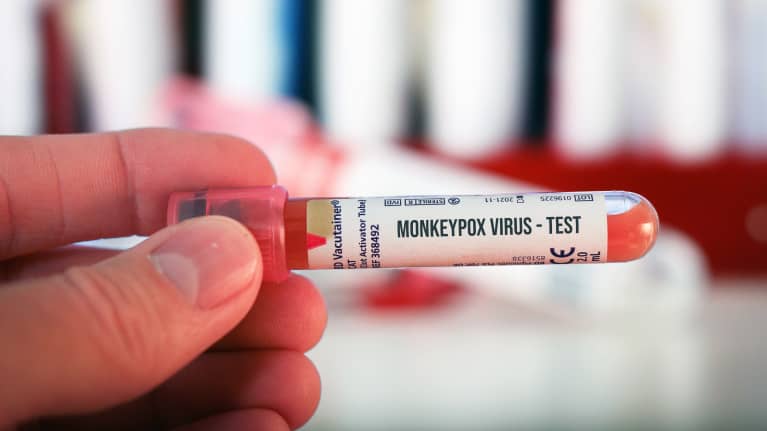Health authorities in the capital region suspect they have detected Finland's first case of the monkeypox viral infection.
Traces of an orthopoxvirus were found in an adult male patient, the Helsinki and Uusimaa hospital district (HUS) announced in a press release on Wednesday morning.
The monkeypox virus is one of the human orthopoxviruses that also include variola, cowpox, and vaccinia viruses. Confirmation of the suspected monkeypox infection will be available by the end of next week, once sample sequencing is completed.
HUS added that they believe the patient became infected during a trip to Europe. The man has blisters, a high fever and is currently receiving home care.
People who have been in close contact with the infected person have been traced and instructed to self-isolate in order to prevent any possible spread of the virus.
Would you like a roundup of the week's top stories in your inbox every Thursday? Then sign up to receive our weekly email!
Several cases found in Europe
Monkeypox is a viral infection usually found in Africa. The virus has two forms, a milder west African strain and a more severe central African form.
It is usually caught from infected wild animals and does not generally spread very easily between humans, requiring very close contact.
However, dozens of cases of the virus have been reported in Europe and North America over the last few weeks, and particularly among individuals who had not traveled to areas where monkeypox is endemic.
The infected person may develop a rash, similar to chickenpox or syphilis, that begins on the face before spreading to other parts of the body. Other early symptoms may include fever, headache, muscle aches, swollen lymph nodes and exhaustion, before the onset of the rash.
In most cases, the virus heals within a few weeks. However, serious illness is possible, especially in people whose immune systems have been weakened due to other illnesses or medical treatments, the HUS bulletin added.
